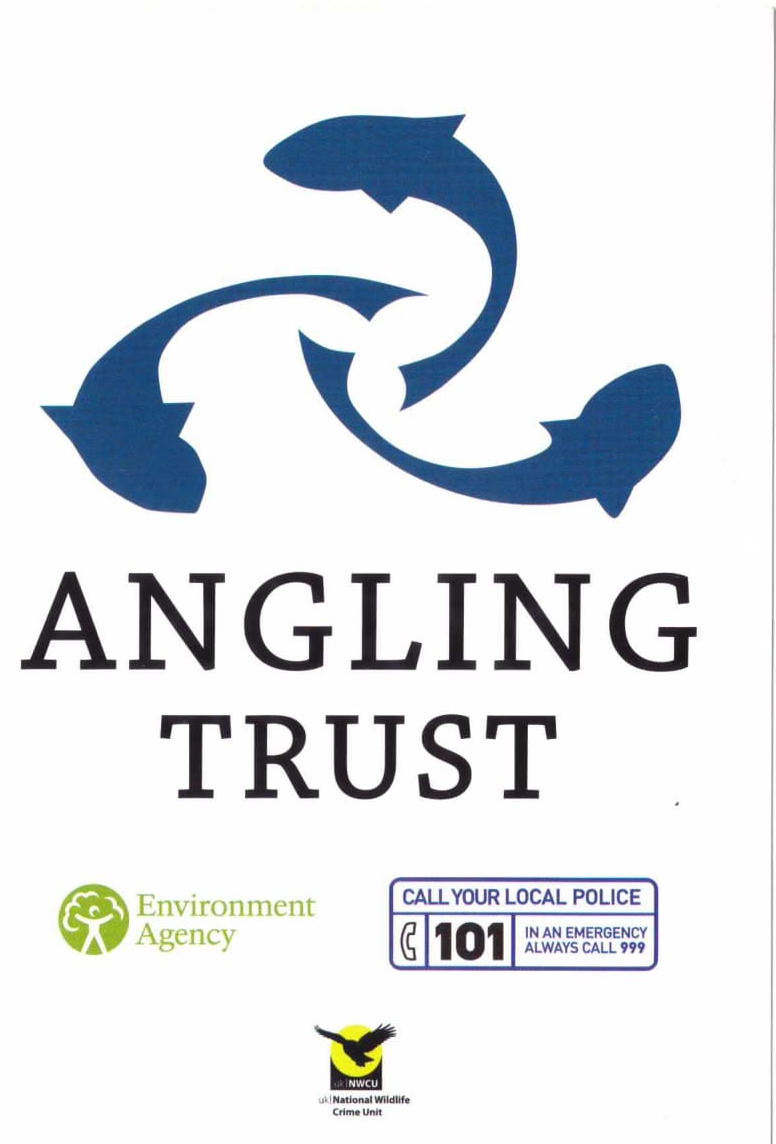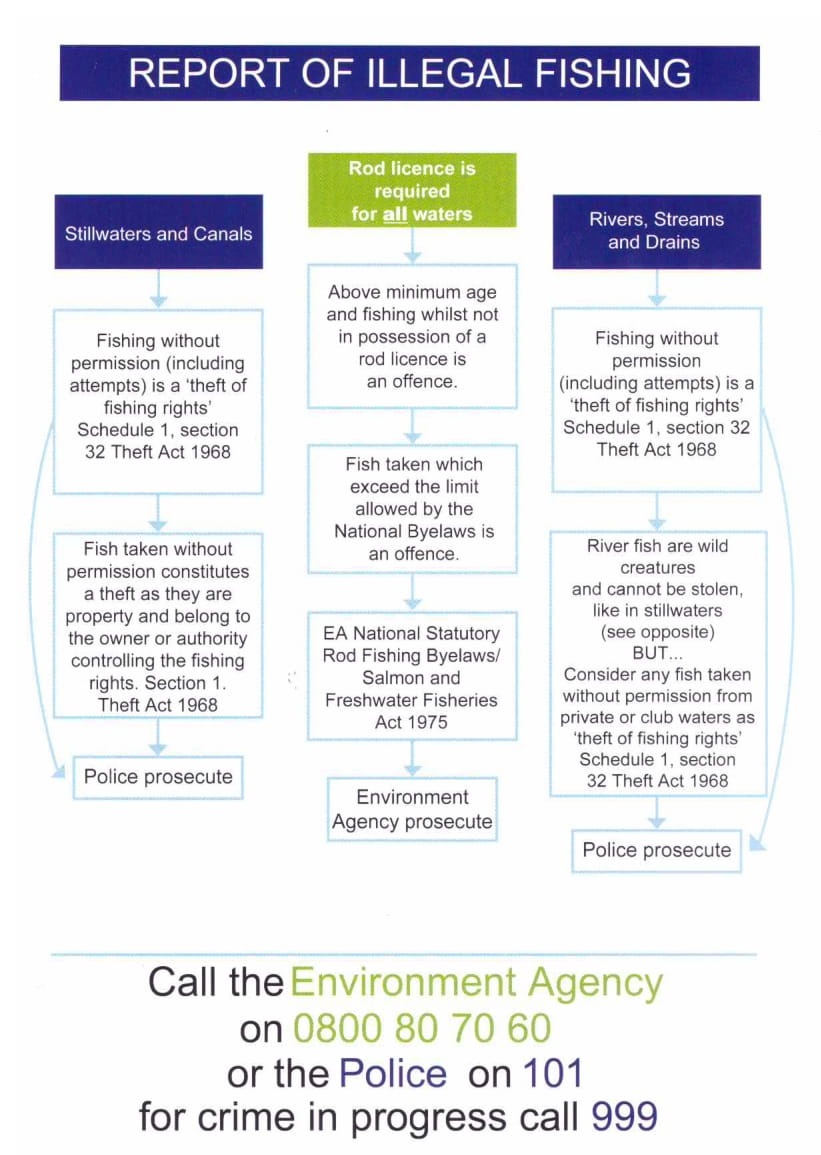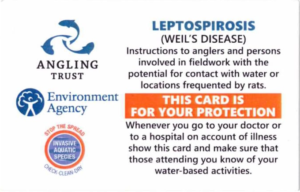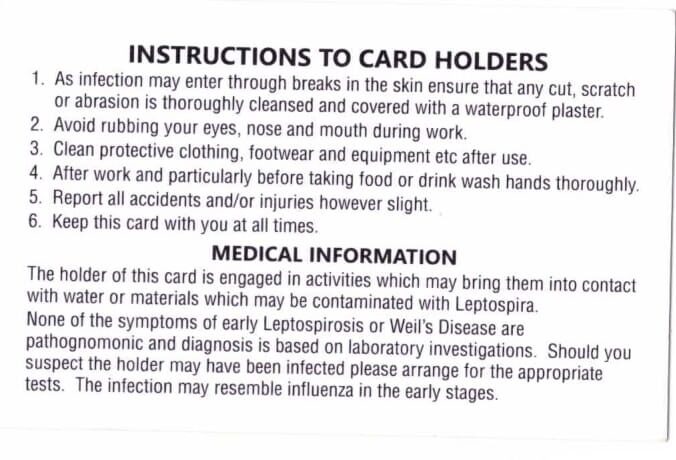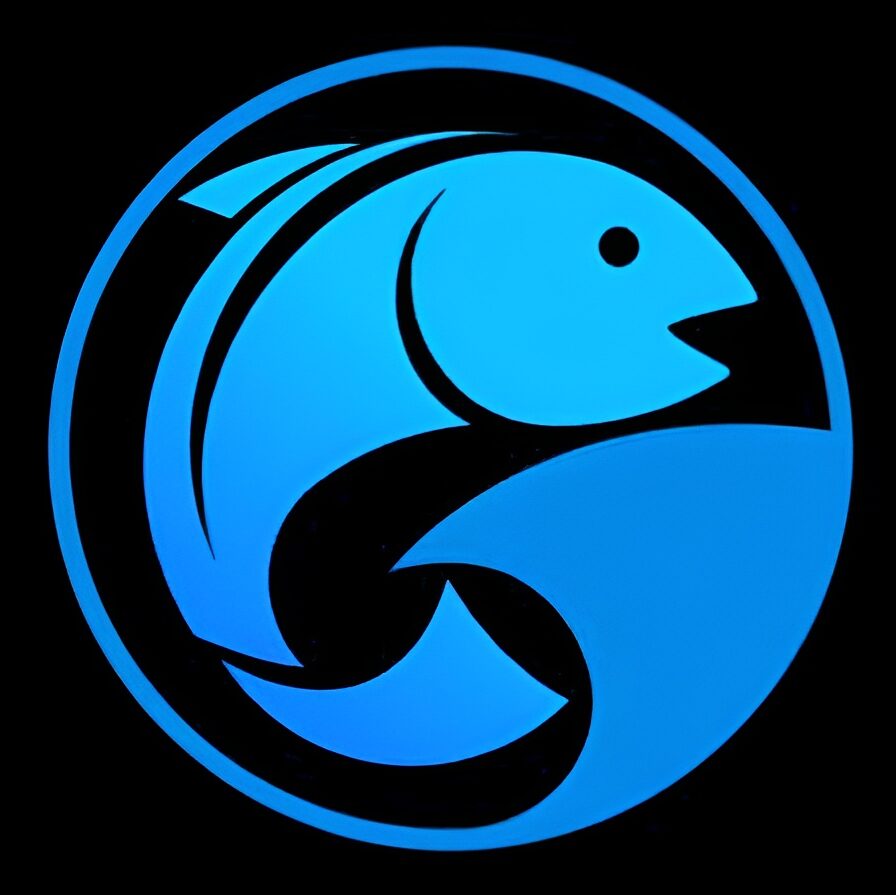Rules
When fishing the canals please make sure you do not break any of the following rules:
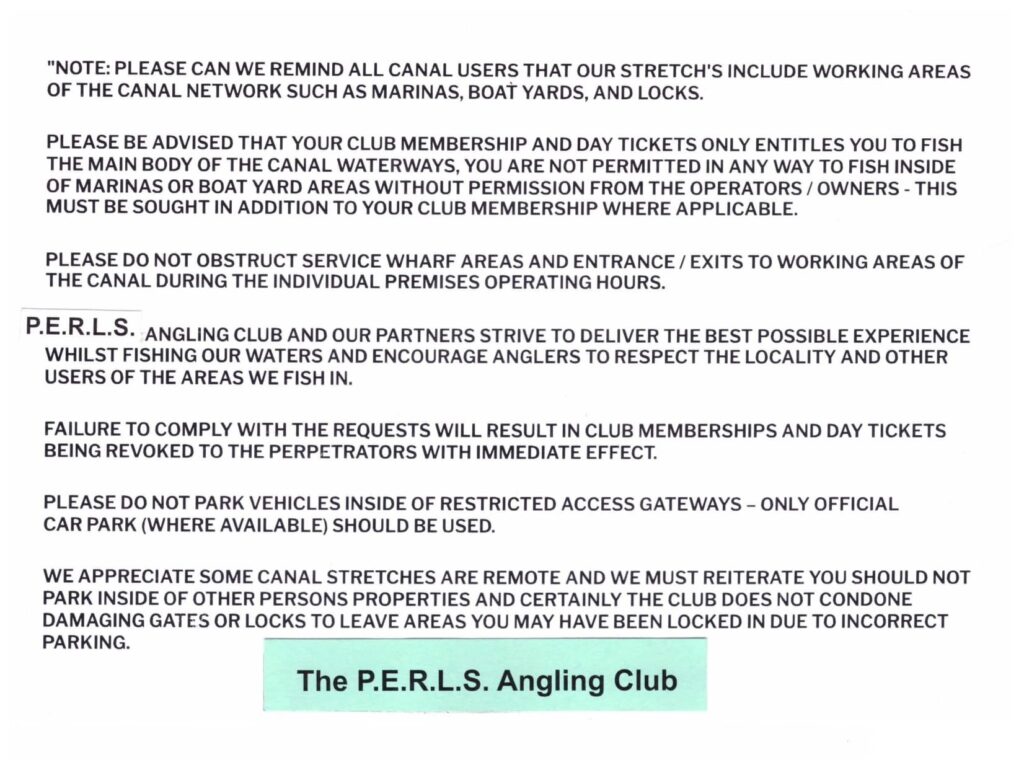
Guidelines
The meaning of ‘Catch and release’ is when a fish is caught and then returned to the water unharmed so that it survives and continues its existence in its natural environment. The guidelines below explain how to do this:
- always use small single hooks
- don’t use treble hooks (unless predator fishing)
- use barbless hooks (barbed hooks can be made barbless by pinching the barb with pliers)
- use a strong rod and line to bring a fish under control quickly
- think about the strength of the current and the size of fish where you’re fishing when choosing the right tackle to use
- before fishing, think about where a fish might be landed
- keep the fish in the water and avoid beaching or dragging it up a steep bank before release
- once hooked, bring the fish to hand or net as quickly as possible – this will lessen stress and exhaustion and make sure the fish is able to recover quickly
- keep handling time to a minimum
- keep the fish in the water at all times as keeping the fish out in the air for a long time will mean it might not survive
- make sure your hands are wet before handling fish
- avoid squeezing the fish
- use pliers to remove hooks
- if hooks are too deep and removal will lead to damage or delayed release, cut the line as near to the hook as possible
- support the fish in the water – in a gentle current is best and with the fish facing upstream
- be patient as the fish can take several minutes to recover
- wait until the fish recovers enough to swim away from you
- high water temperatures (over 21 degrees Celsius) can greatly reduce survival rates, so anglers should take extra care when practicing catch and release when water flows are low and water temperatures are high (typical summer conditions)
